Trione-Annadel State Park has a great variety of hiking trails, and a wonderfully long wildflower season. On this visit we hiked the Lawndale trail, in late June. This trail is on the southern end of the park, in an area we don’t normally visit. We were on a mission to find Redwood lilies, which bloom later in the spring, and we had reports that there were some on this trail. We were happy to see that there was a great variety of late-season blooming flowers along this trail!
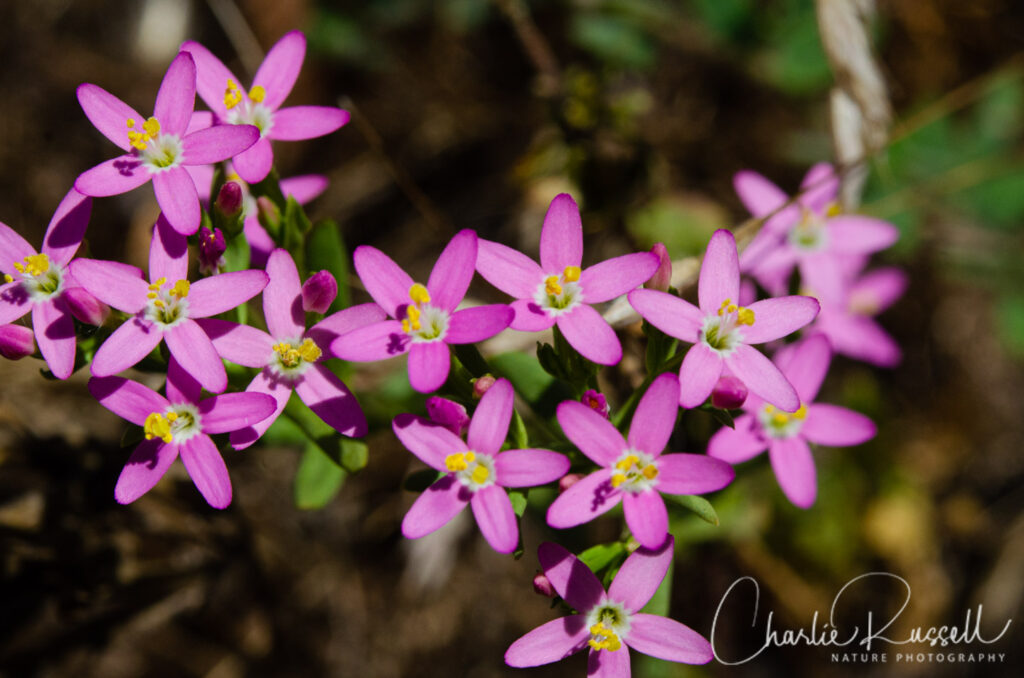
The Flowers
Here’s a sample of a few of my favorites from this hike (click on the image to see a larger view).
The star of this hike was the Redwood Lily. We found a few plants about a mile into the hike, but only one still had blossoms.
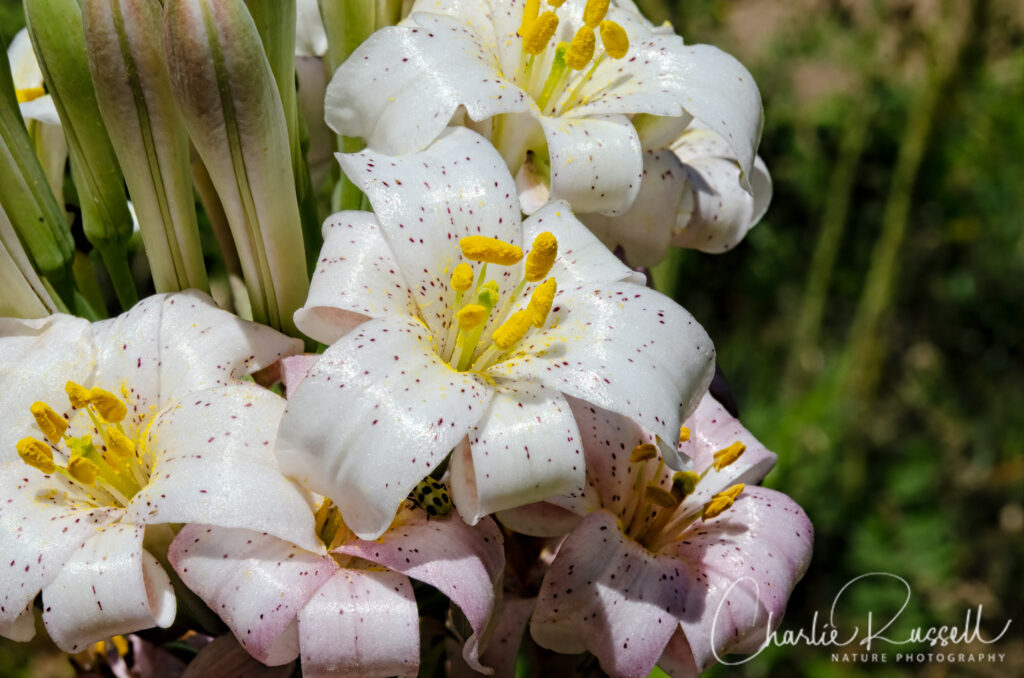
I was happy to find two species of native orchids along the trail!
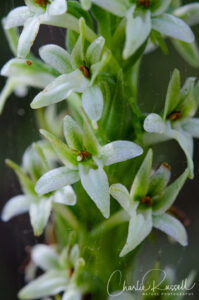
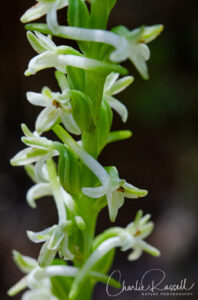
Orange bush monkeyflower is a fairly common in Northern California.
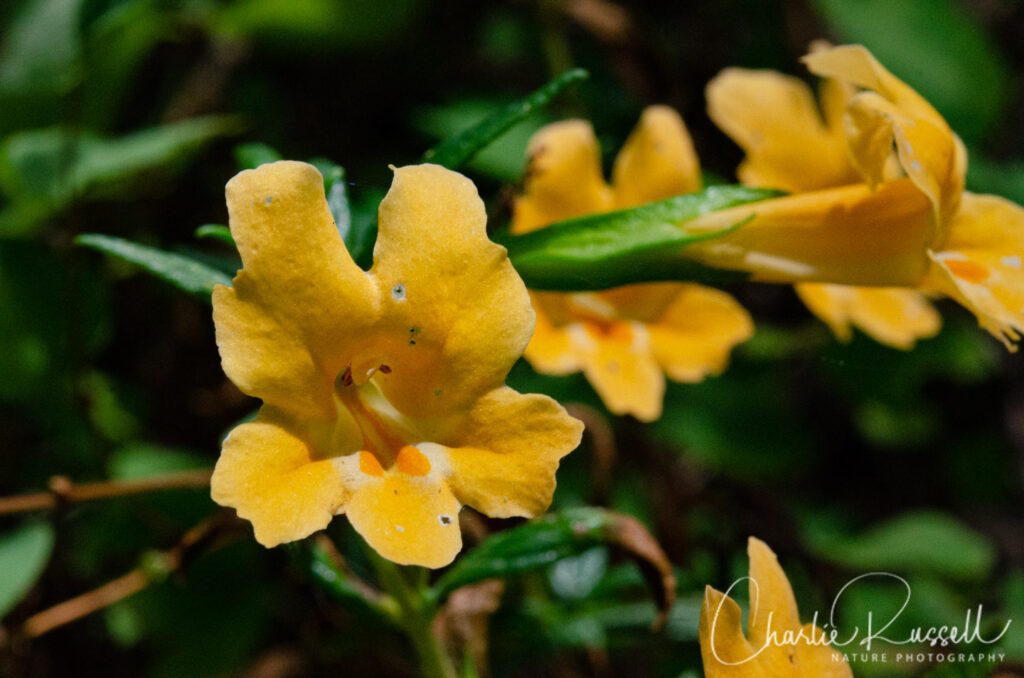
Compare the orange version with this special find, Red bush monkeyflower, which is not usually found in Northern California.
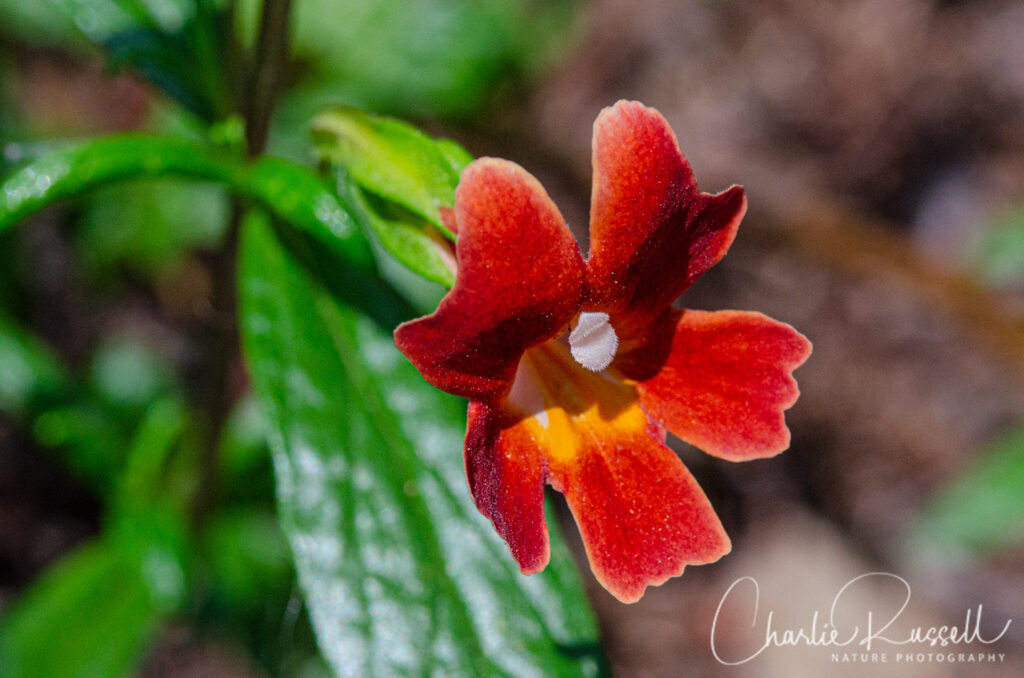
After the hike we drove along Cavedale Road, in the Sonoma hills southeast of the park, looking for additional flowers. Here we found this colorful Farewell to spring.
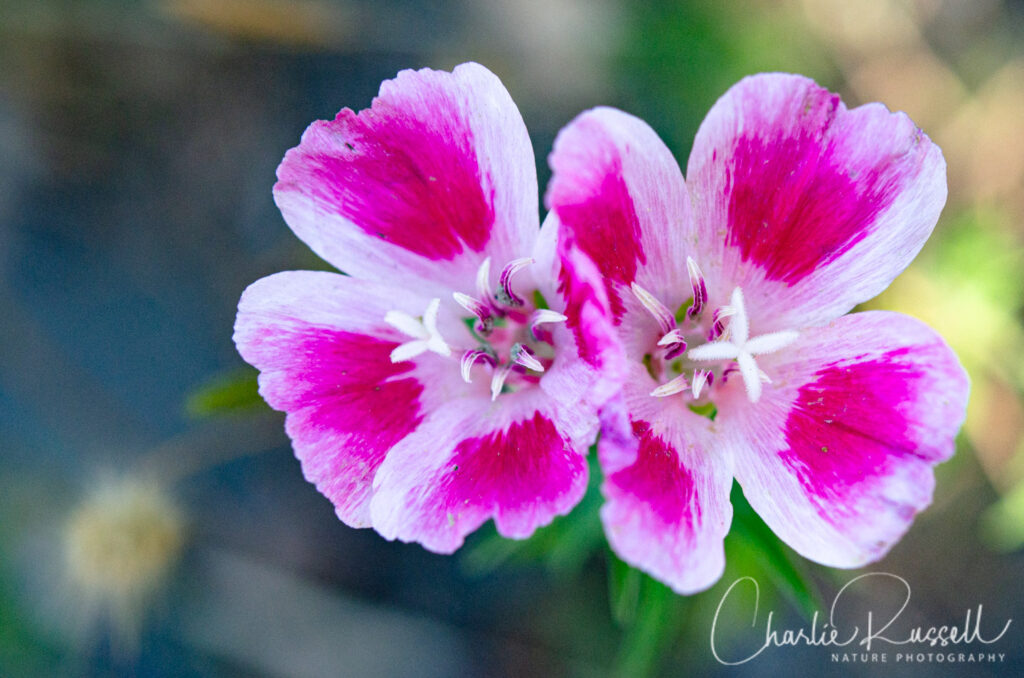
For the best viewing experience, click on the lightbox image below, and you can scroll through larger versions of the photos of many of the plants (and other things) that we found on this hike. All photos are available for purchase in a variety of formats.
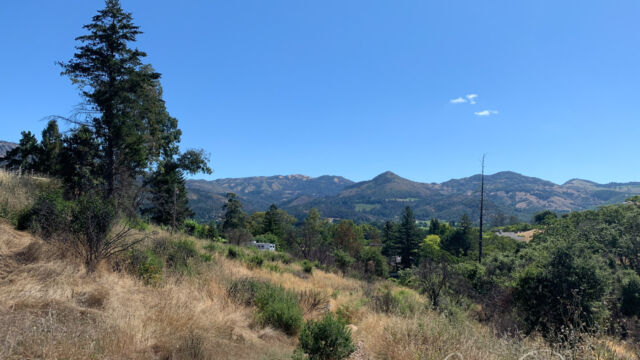


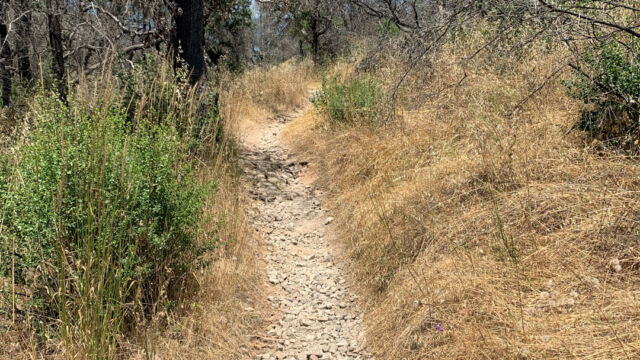
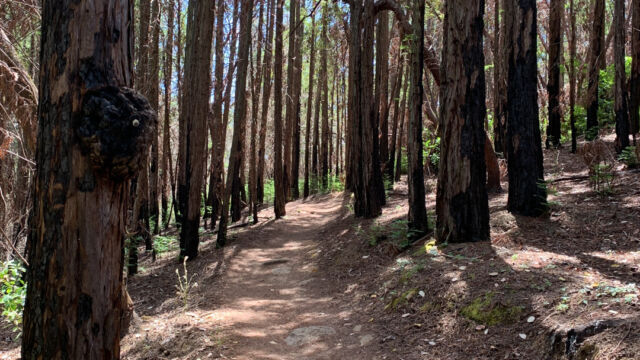
The Hike
For this trip we did an out-and-back hike that was about 7.7 miles round trip, to Ledson Marsh and back. Normally this time of year this area can be hot, but we were fortunate to pick a day when the high was a comfortable 72 °. Most of the flowers were found in the shadier part of the trail, the first 2 to 3 miles.
The trail starts with an exposed area that is dry and has quite a few non-native plants. After a half mile or so you reach a section shaded by trees, and we found a higher number of native plants.
As you climb higher you will see large areas that were burned in the 2017 Nuns fire. The bushes and trees are re-sprouting from their base.
For this time of year I think I would stop about 3 miles in, when you start to come out of the section with trees. The trail from this point on is rougher (broken rock and gravel) and more exposed. It was hotter, and there weren’t many wildflowers blooming at this time.
We eventually reached Ledson Marsh. Most of the marsh is off limits for habitat restoration. Along the shore we found Mosquito fern and Marsh pennywort, interesting plants, but not much blooming.

This trail is used by hikers, mountain bikes, and equestrians. This kind of use generally makes the trail rough, with lots of tripping points. On this weekday visit there wasn’t a lot of traffic, and the sight lines were long enough so that the mountain bikers could see is in plenty of time to avoid problems. There were plenty of places for us to get off the trail when necessary.
Note that there is a lot of poison oak along the trail in some spots.
Here’s the track that we followed:
Lawndale Trail
Profile
Move your mouse along the elevation graph to show the location on the map. The Refresh icon will re-center the map. The Expand icon will expand to full screen.
Directions
Trione-Annadel State Park is next to Highway 12 in Sonoma County, east of Santa Rosa. The main park entrance is a bit obscure – take Los Alamos road southwest from Highway 12, turn right onto Melita Road and then immediately right onto Montgomery Road, then the next left onto Channel Drive. This loops back to the east, and a short way down the road you will see the park headquarters. There are multiple trailheads in this general area. Note that if you park anywhere along here other than at the visitor center, you need to pay a $10 fee per vehicle.
The Lawndale trail has a different parking area. About 4 miles east on Highway 12 from Melita Road you will turn right onto Lawndale Road. Follow this for about a mile, you will see a parking area. No toilet facilities here. It isn’t clear to me if you are supposed to pay the California State Park fee to park here, but there were no signs that talked about fees, and none of the cars already there had a parking receipt.
Timing is Everything
This visit was in late June, and we definitely were seeing the late-Spring wildflowers. This area is great for wildflowers from March through early July, although it can be pretty warm later in the season. Come in March and you will see Fritillaries, Iris, and Warrior’s Plume. Come in late June and you may find Lilies, Centaury, and Bush monkeyflower.
Lawndale Trail Wildflowers
Here’s a listing of the native plants that we found on this visit. The ones listed in color are endemic to California (that is, found only in California).
- American black nightshade, Solanum americanum
- California bee plant, Scrophularia californica
- California harebell, Campanula prenanthoides
- California milkwort, Rhinotropis californica (Polygala californica)
- California poppy, Eschscholzia californica
- California wild rose, Rosa californica
- Chamise, Adenostoma fasciculatum
- Cobweb thistle, Cirsium occidentale
- Crimson columbine, Aquilegia formosa
- Dense-flowered Rein Orchid, Piperia elongata
- Flat spurred piperia, Piperia transversa
- Fringed willowherb, Epilobium ciliatum
- Gold wire, Hypericum concinnum
- Harvest brodiaea, Brodiaea elegans
- Ithuriel’s spear, Triteleia laxa
- Ladies’ Tobacco, Pseudognaphalium californicum
- Marsh pennywort, Hydrocotyle ranunculoides
- Mosquito fern, Azolla filiculoides
- Muehlenberg’s centaury, Zeltnera muehlenbergii
- Oceanspray, Holodiscus discolor
- Orange bush monkeyflower, Diplacus aurantiacus
- Poison oak, Toxicodendron diversilobum
- Rayless arnica, Arnica discoidea
- Redwood lily, Lilium rubescens. CNPS rank 4.2
- Red Bush Monkeyflower, Diplacus puniceus
- Skunkweed, Navarretia squarrosa
- Western blue eyed grass, Sisyrinchium bellum
- Winecup clarkia, Clarkia purpurea
- Woodland madia, Anisocarpus madioides
- Yampah, Perideridia kelloggii
- Yellow mariposa lily, Calochortus luteus
The following are non-native plants that we found on the hike as well:
- European milkwort, Tolpis barbata
- Klamathweed, Hypericum perforatum
- Rattlesnake grass, Briza maxima
- Tall sock destroyer, Torilis arvensis
Along the way we also found:
- California Quail, Callipepla californica
- Gopher snake, Pituophis catenifer
Some of the flowers in this gallery weren’t found in the state park. These were found on a side trip in the area, on Cavedale Road:
- Bush poppy, Dendromecon rigida
- Chaparral pea, Pickeringia montana
- Deerweed, Acmispon glaber
- Denseflower willowherb, Epilobium densiflorum
- Farewell to spring, Clarkia amoena
- Wand mullein, Verbascum virgatum (non-native)


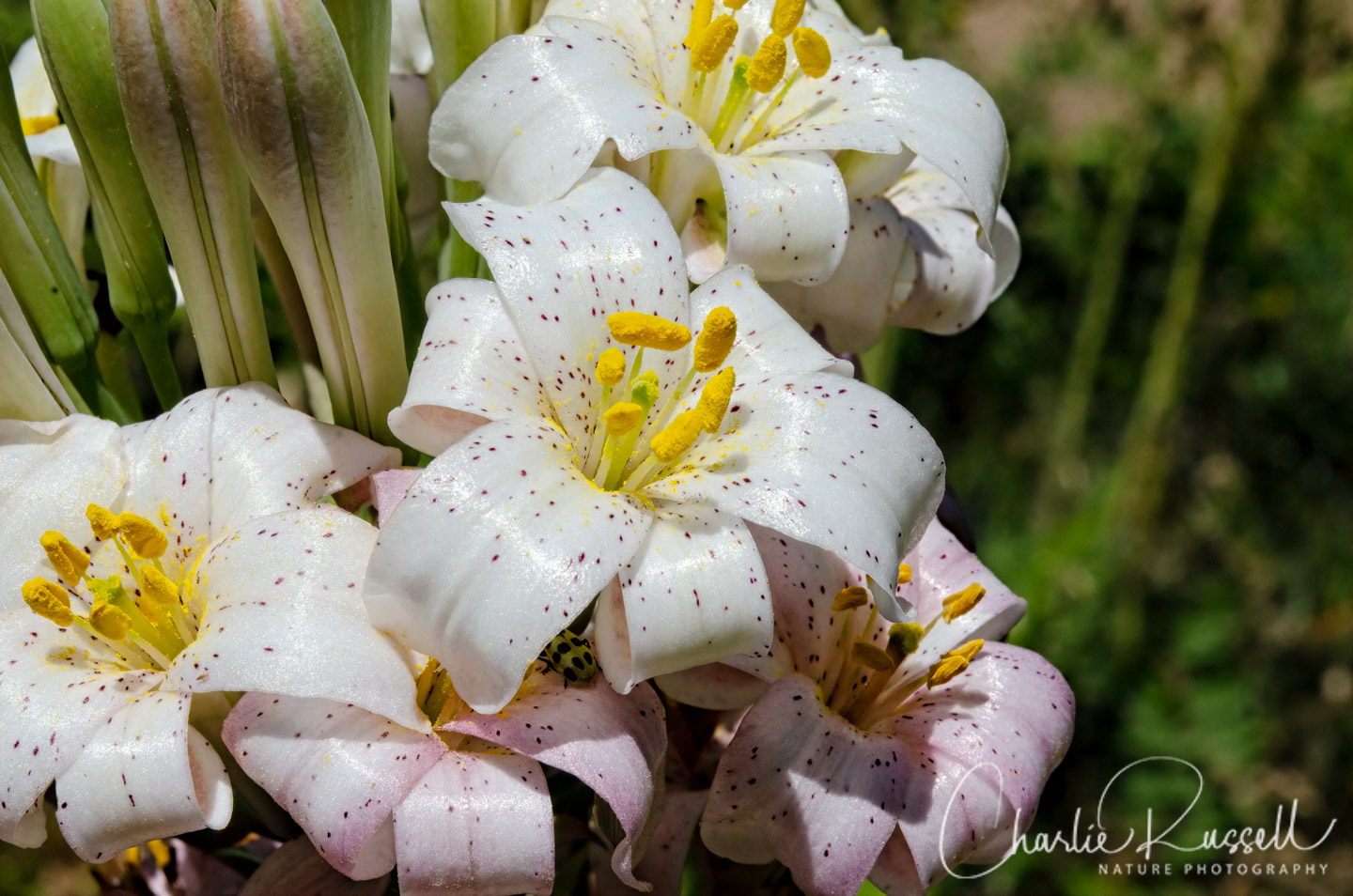

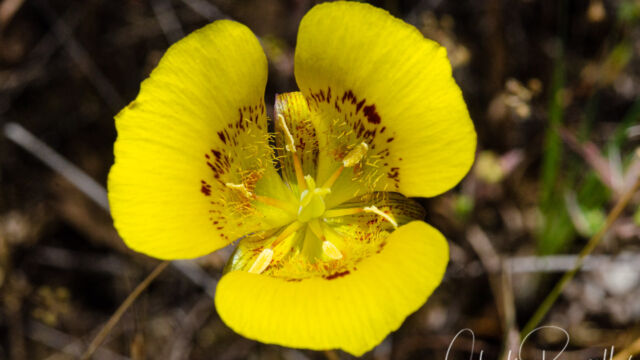
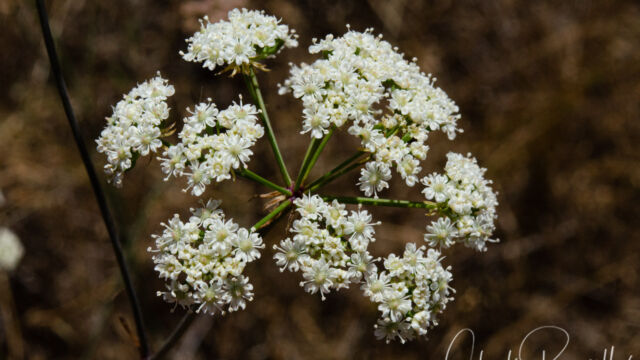

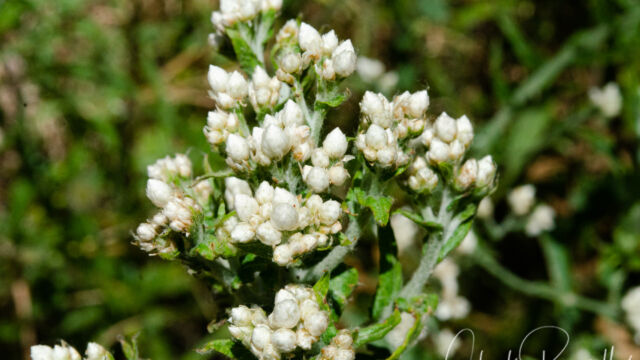

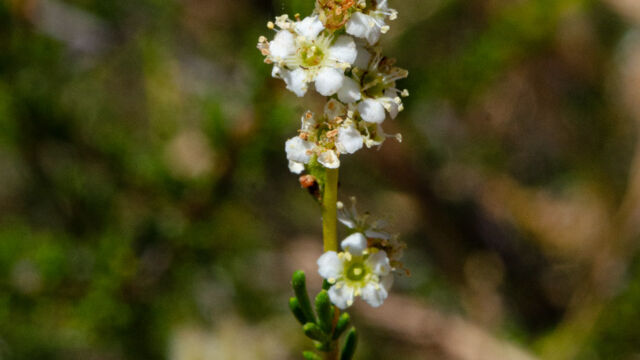

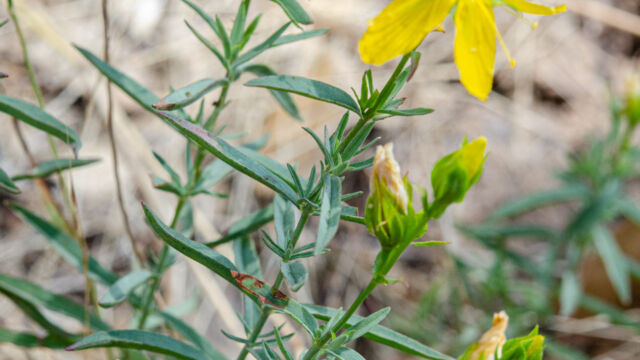
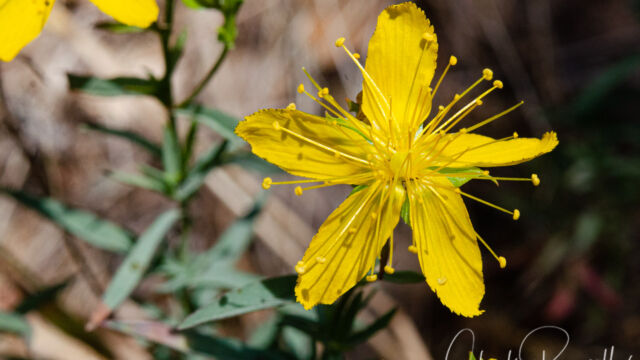


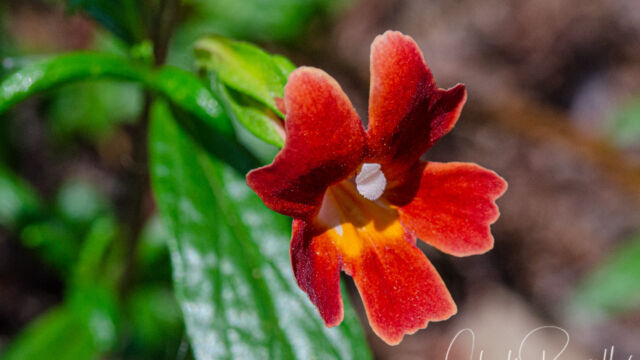
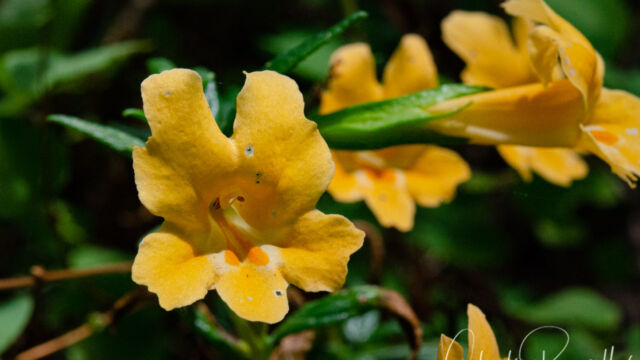
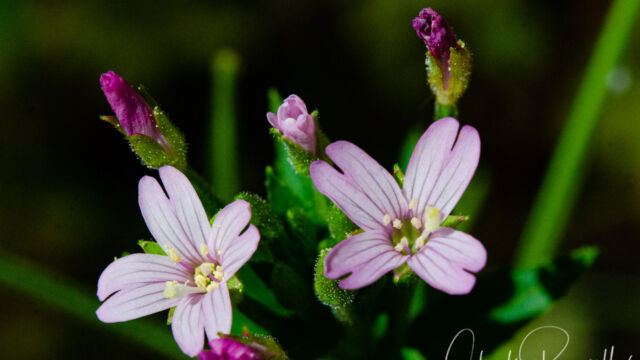
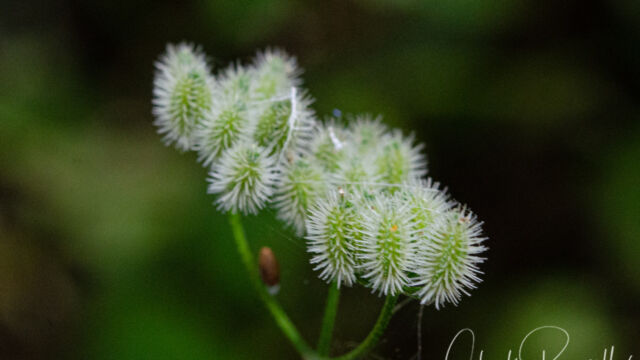

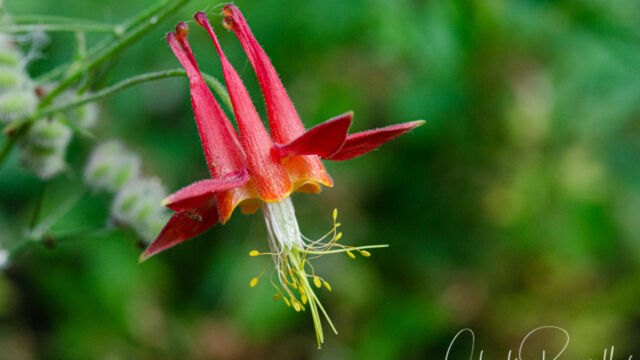
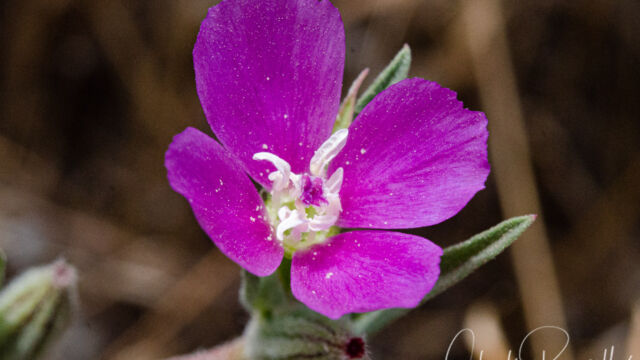
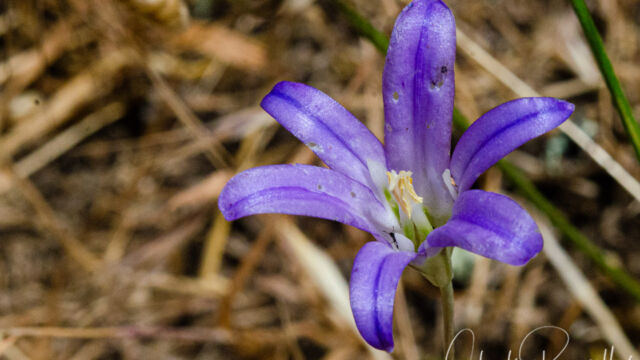
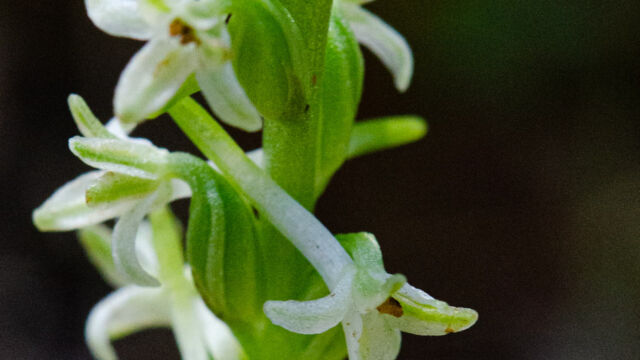
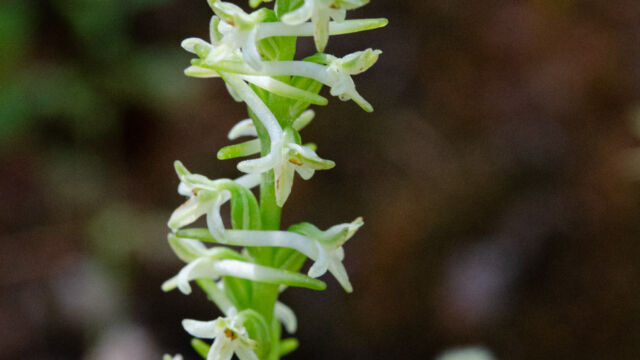
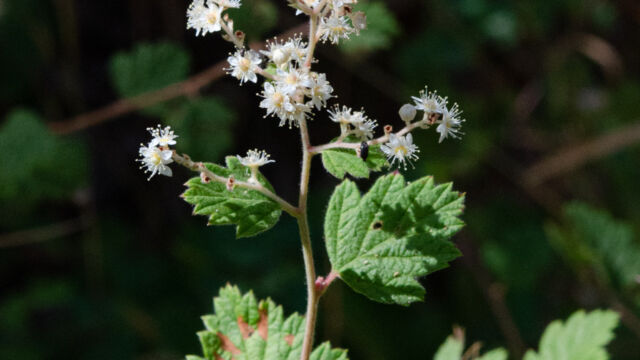
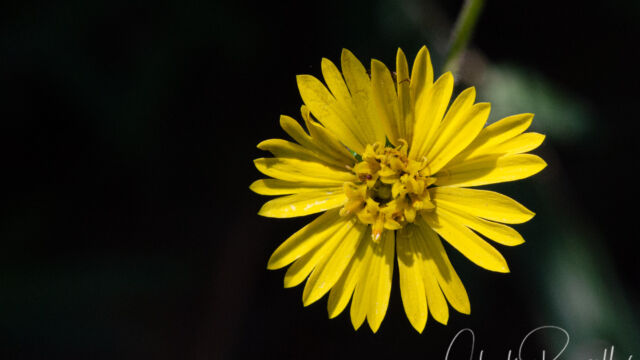
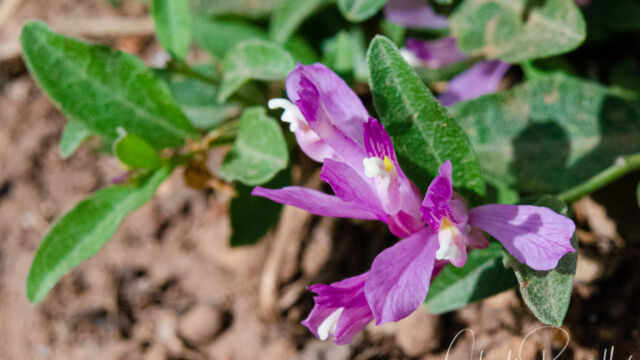
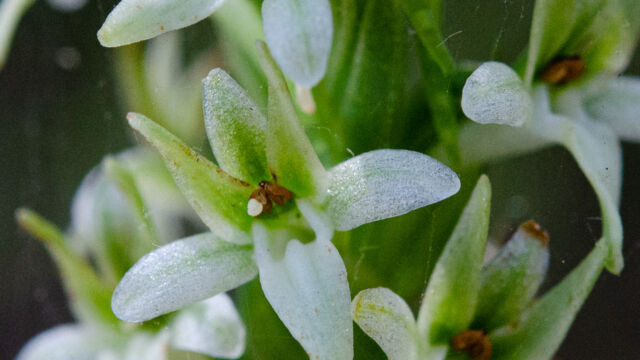
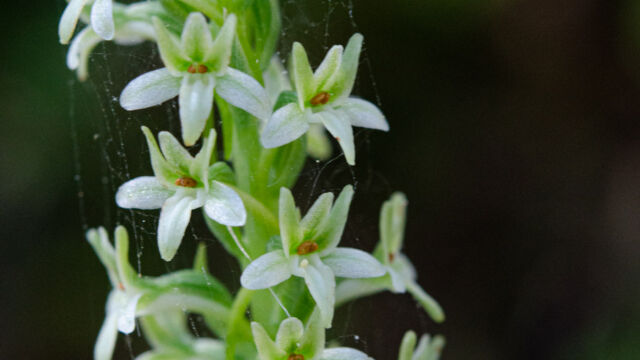
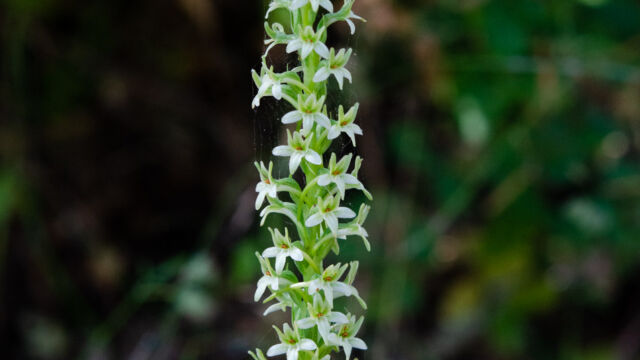

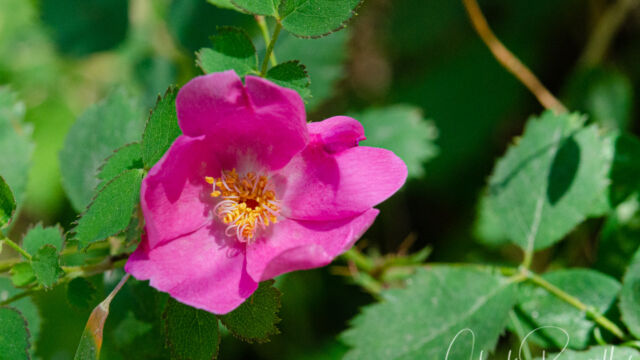
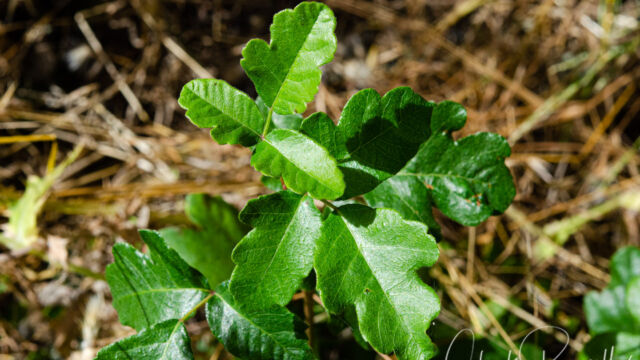
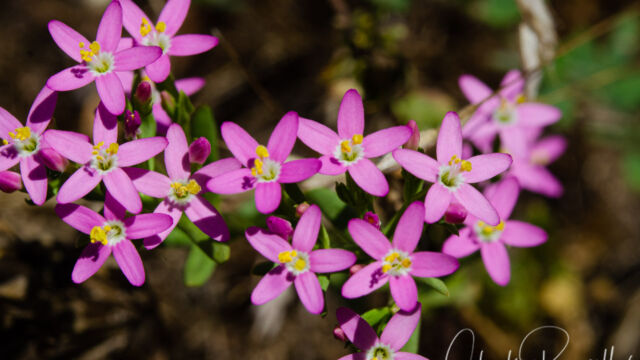
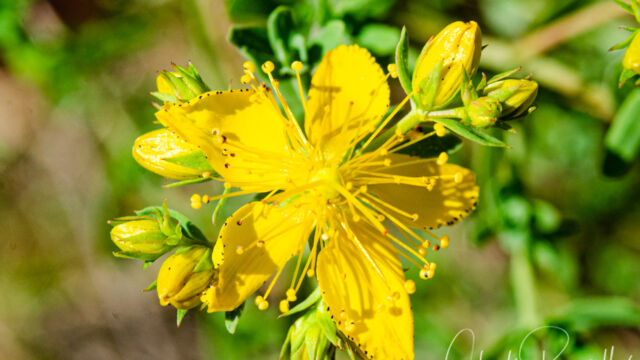
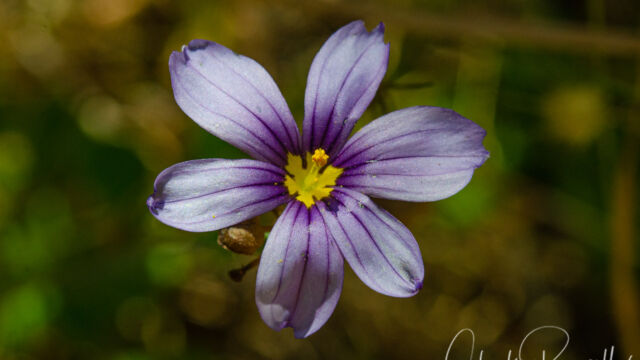
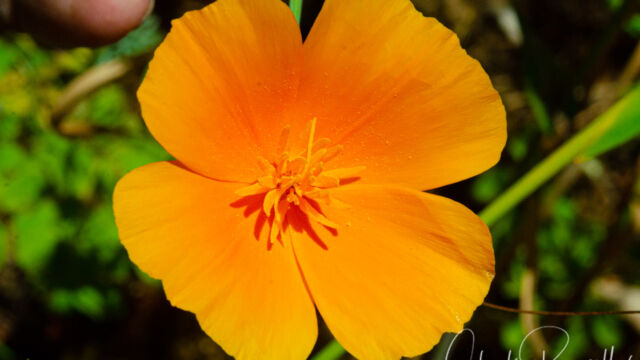
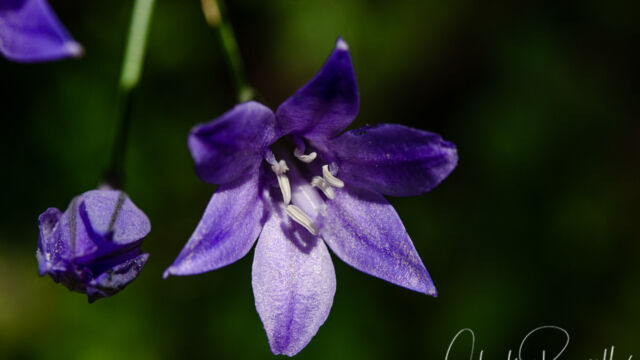

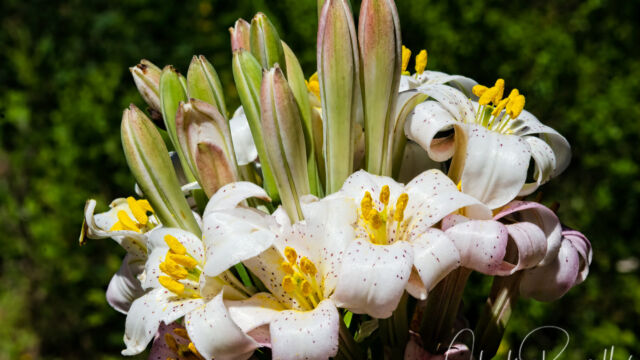
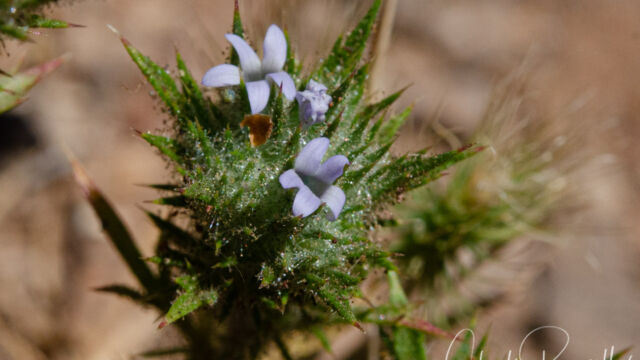
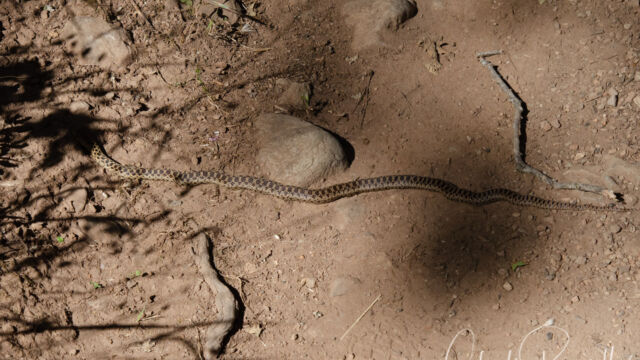
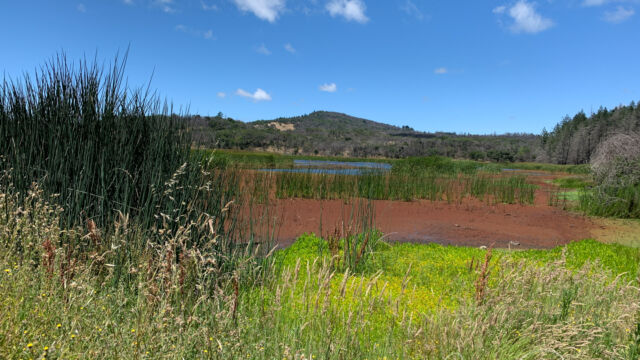
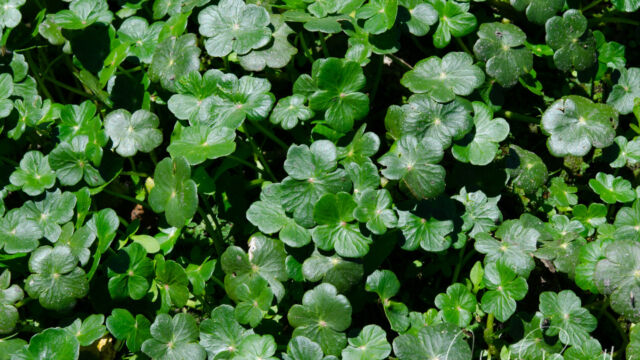
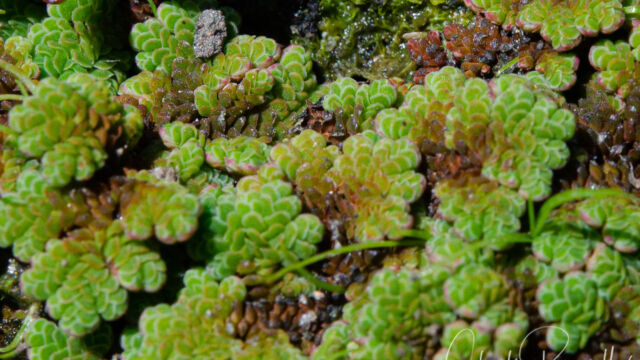
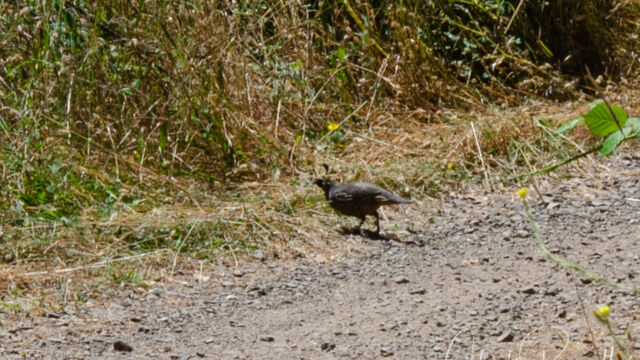

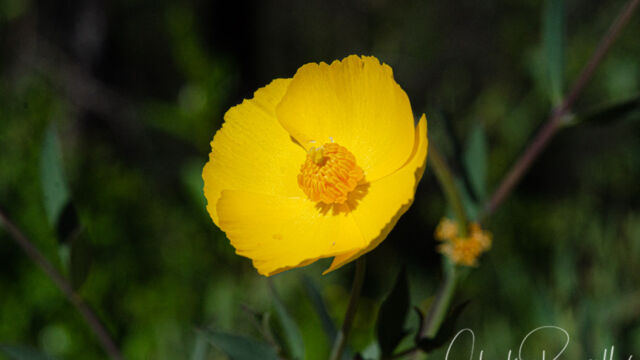
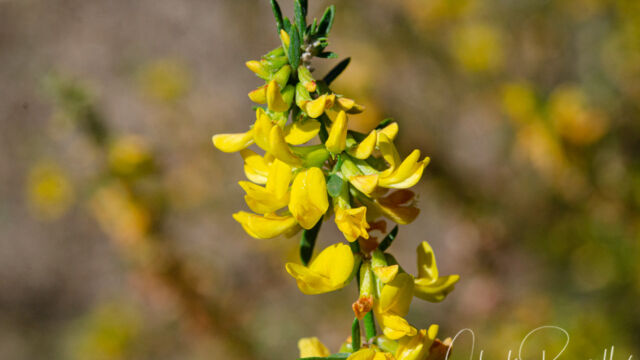
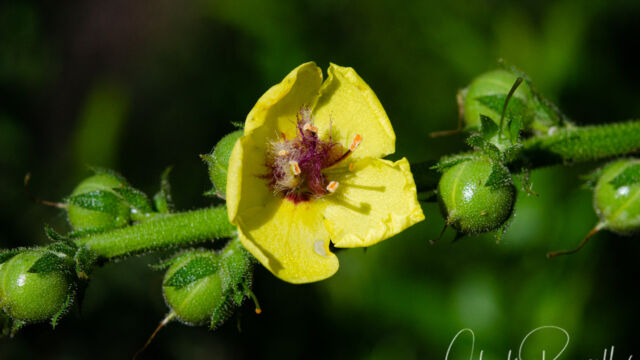

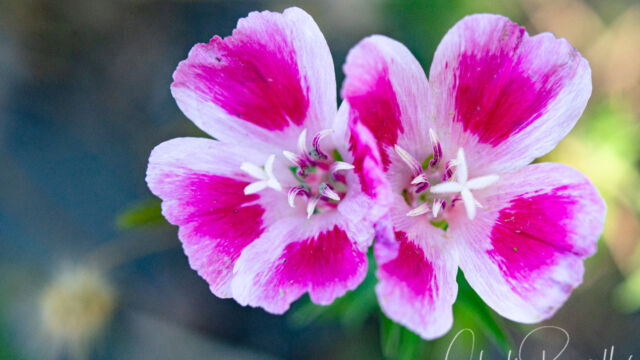
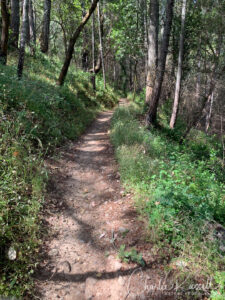

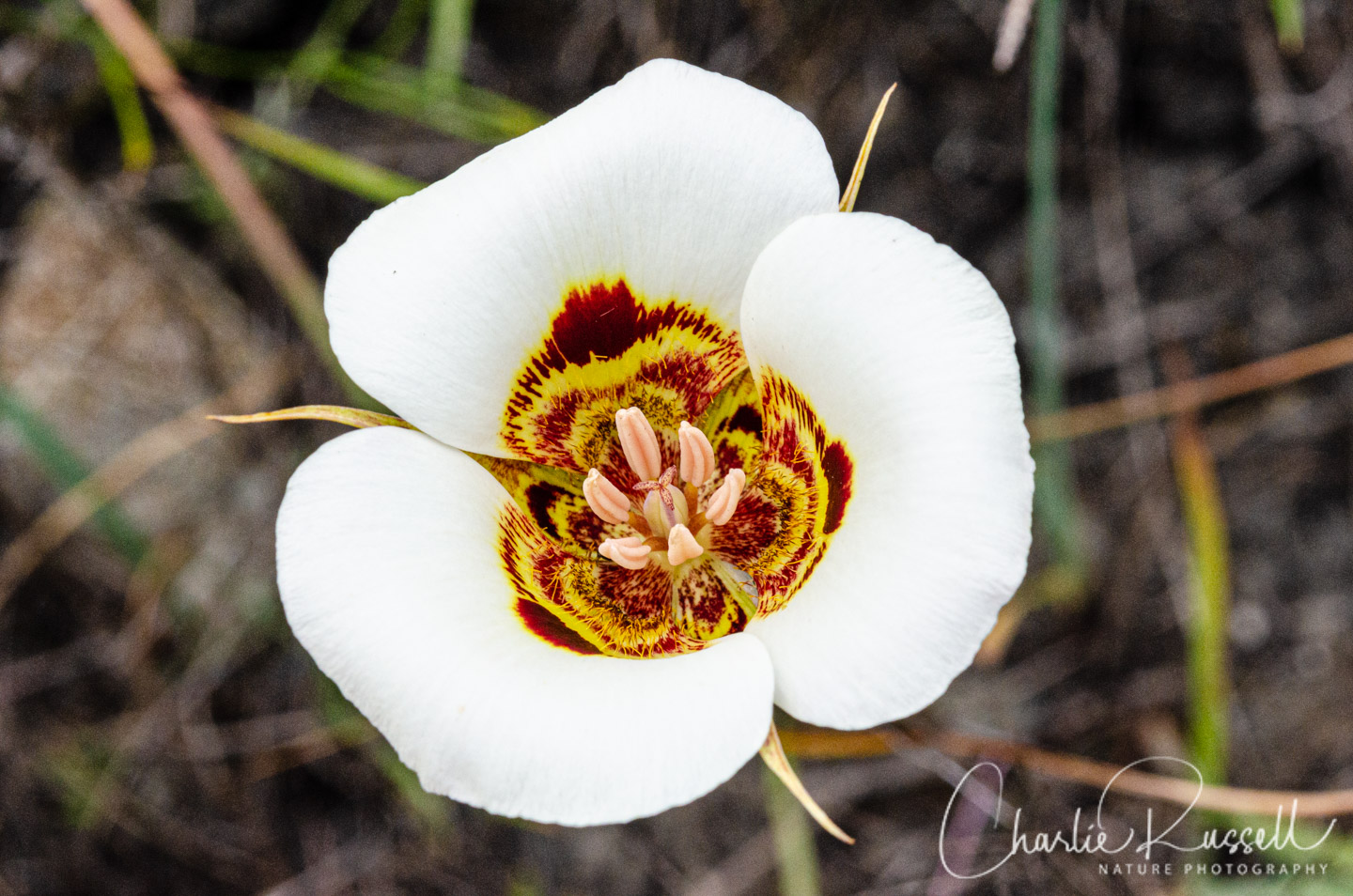
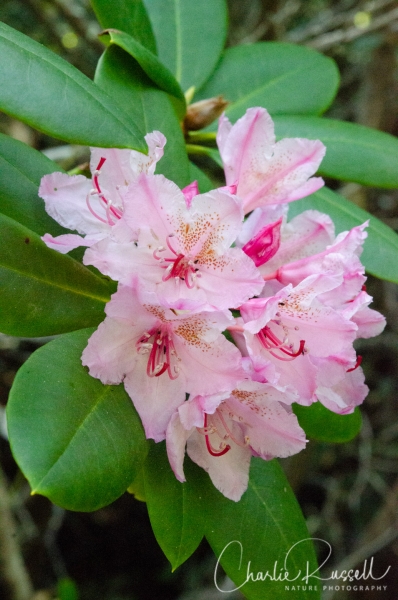
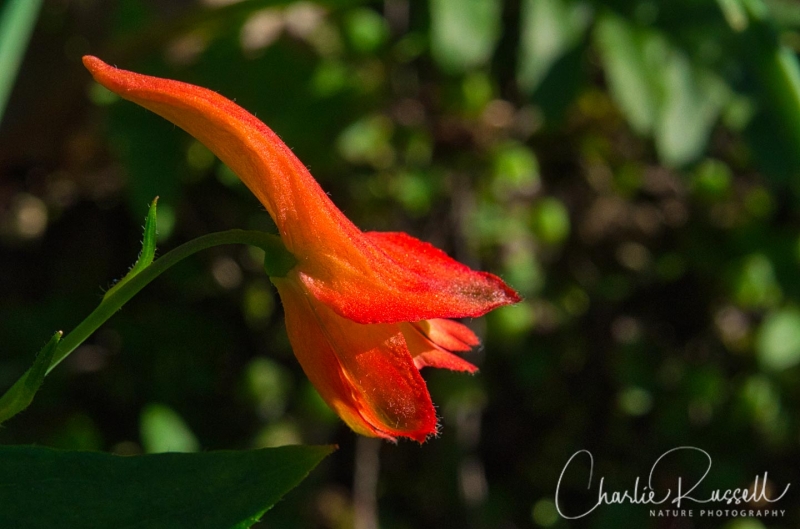
My good friends live just outside Annadel State Park and recently took me on a hike to the lake. I would like to give them a wildflower book or a field guide to everything found in the area. Can you please recommend your favorite?
Thank you,
Jim
Jim, as time goes on I’m relying less and less on books. There are so many great tools available online now. However, if you go to my book page at https://ibrakeforwildflowers.com/wildflower-books/, you will see “Wildflowers of Northern California’s Wine Country & North Coast Ranges” listed, with a link to the book. This would be a great book to give as a gift.